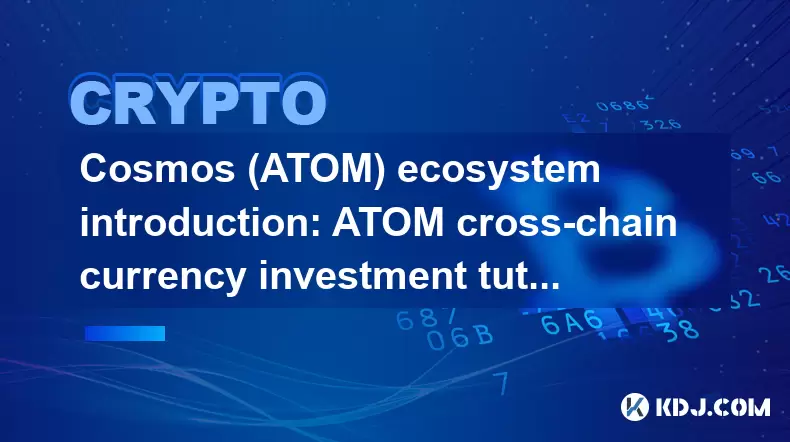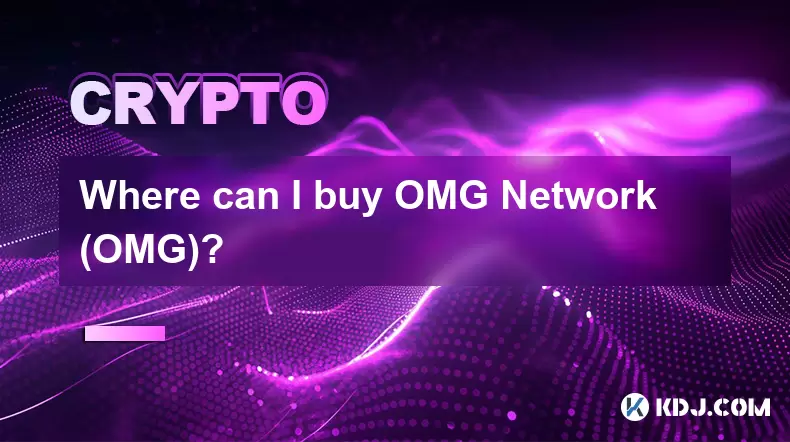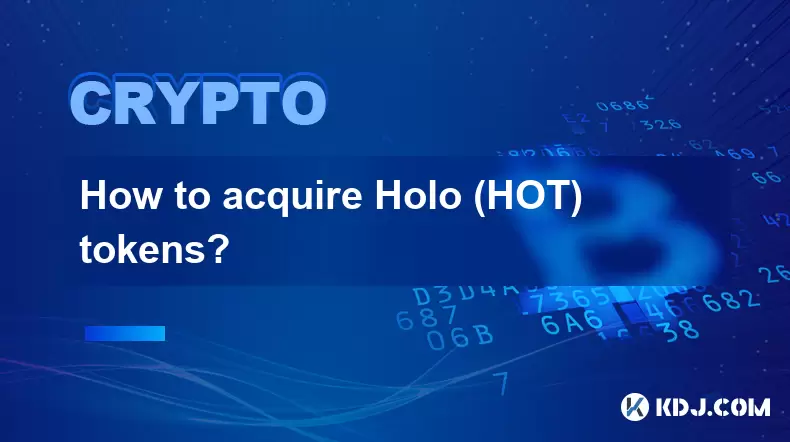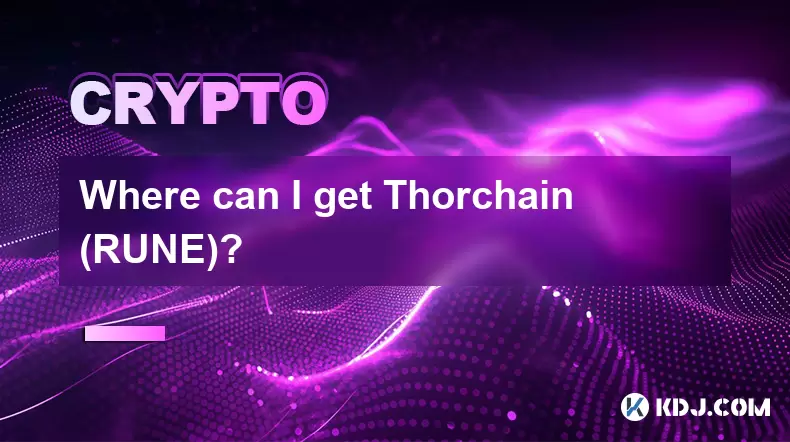-
 Bitcoin
Bitcoin $117500
2.15% -
 Ethereum
Ethereum $3911
6.19% -
 XRP
XRP $3.316
10.79% -
 Tether USDt
Tether USDt $1.000
0.01% -
 BNB
BNB $787.2
2.24% -
 Solana
Solana $175.2
4.15% -
 USDC
USDC $0.9999
0.00% -
 Dogecoin
Dogecoin $0.2225
8.40% -
 TRON
TRON $0.3383
0.28% -
 Cardano
Cardano $0.7868
6.02% -
 Stellar
Stellar $0.4382
9.34% -
 Hyperliquid
Hyperliquid $40.92
7.56% -
 Sui
Sui $3.764
7.63% -
 Chainlink
Chainlink $18.48
10.66% -
 Bitcoin Cash
Bitcoin Cash $582.1
1.88% -
 Hedera
Hedera $0.2601
6.30% -
 Avalanche
Avalanche $23.33
4.94% -
 Ethena USDe
Ethena USDe $1.001
0.02% -
 Litecoin
Litecoin $122.3
2.04% -
 UNUS SED LEO
UNUS SED LEO $8.969
-0.27% -
 Toncoin
Toncoin $3.339
0.86% -
 Shiba Inu
Shiba Inu $0.00001287
4.30% -
 Uniswap
Uniswap $10.43
7.38% -
 Polkadot
Polkadot $3.861
5.08% -
 Dai
Dai $1.000
0.02% -
 Bitget Token
Bitget Token $4.513
3.41% -
 Monero
Monero $267.7
-6.18% -
 Cronos
Cronos $0.1499
4.14% -
 Pepe
Pepe $0.00001110
5.15% -
 Aave
Aave $284.9
8.28%
Cosmos (ATOM) ecosystem introduction: ATOM cross-chain currency investment tutorial
ATOM, the native token of Cosmos, enables cross-chain transactions and staking for passive income within its interoperable blockchain ecosystem.
May 30, 2025 at 06:56 pm

Cosmos (ATOM) is a rapidly growing ecosystem within the cryptocurrency space, known for its interoperability and scalability features. The native token of the Cosmos network, ATOM, plays a crucial role in the ecosystem, serving as both a governance token and a means of facilitating transactions across different blockchains. In this article, we will delve into the Cosmos ecosystem and provide a comprehensive tutorial on investing in ATOM as a cross-chain currency.
Understanding the Cosmos Ecosystem
The Cosmos ecosystem is designed to solve the problem of blockchain interoperability, allowing different blockchains to communicate and transact with one another seamlessly. At the heart of this ecosystem is the Cosmos Hub, which acts as the central hub connecting various zones or independent blockchains. These zones can be customized to serve specific purposes, such as decentralized finance (DeFi), gaming, or supply chain management.
ATOM is the native token of the Cosmos Hub, and it is used for staking, governance, and as a means of payment for transaction fees within the network. By holding ATOM, users can participate in the governance of the Cosmos network, voting on proposals that shape the future development and direction of the ecosystem.
The Role of ATOM as a Cross-Chain Currency
One of the key features of ATOM is its ability to function as a cross-chain currency. This means that ATOM can be transferred between different blockchains within the Cosmos ecosystem, enabling users to move their assets seamlessly across various zones. This cross-chain functionality is facilitated by the Inter-Blockchain Communication (IBC) protocol, which allows for secure and efficient communication between different blockchains.
As a cross-chain currency, ATOM plays a vital role in the liquidity and interoperability of the Cosmos ecosystem. By using ATOM, users can access a wide range of decentralized applications (dApps) and services across different zones, without the need for centralized intermediaries or complex bridging mechanisms.
Investing in ATOM: A Step-by-Step Tutorial
If you are interested in investing in ATOM as a cross-chain currency, here is a detailed tutorial on how to get started:
Choose a reputable cryptocurrency exchange: Begin by selecting a trusted cryptocurrency exchange that supports ATOM trading. Some popular options include Binance, Coinbase, and Kraken. Ensure that the exchange you choose complies with the regulations in your jurisdiction and has a strong track record of security and reliability.
Create and verify your account: Once you have chosen an exchange, sign up for an account and complete the necessary verification process. This typically involves providing personal information and submitting identification documents to comply with Know Your Customer (KYC) and Anti-Money Laundering (AML) regulations.
Deposit funds into your account: After your account is verified, deposit funds into your exchange account using your preferred payment method. Most exchanges accept bank transfers, credit/debit cards, and popular cryptocurrencies like Bitcoin (BTC) and Ethereum (ETH).
Navigate to the ATOM trading pair: Once your account is funded, navigate to the trading section of the exchange and find the ATOM trading pair. This could be ATOM/BTC, ATOM/ETH, or ATOM/USDT, depending on the exchange and the cryptocurrencies you wish to trade with.
Place a buy order for ATOM: Decide on the amount of ATOM you want to purchase and place a buy order. You can choose between a market order, which executes immediately at the current market price, or a limit order, which allows you to set a specific price at which you want to buy ATOM.
Securely store your ATOM: After your buy order is executed, you will receive your ATOM in your exchange wallet. For long-term storage and security, it is recommended to transfer your ATOM to a personal wallet, such as a hardware wallet like Ledger or Trezor, or a software wallet like Cosmostation or Keplr.
Using ATOM for Cross-Chain Transactions
Once you have acquired ATOM, you can use it to facilitate cross-chain transactions within the Cosmos ecosystem. Here's how you can do it:
Install a compatible wallet: To interact with the Cosmos ecosystem, you will need to install a wallet that supports IBC transfers. Popular options include Cosmostation, Keplr, and Ledger Live.
Connect your wallet to the Cosmos Hub: Open your wallet and connect it to the Cosmos Hub. This will allow you to view your ATOM balance and initiate cross-chain transactions.
Select the destination zone: Choose the destination zone or blockchain to which you want to transfer your ATOM. This could be another zone within the Cosmos ecosystem or an external blockchain that supports IBC.
Enter the recipient address and amount: Input the recipient address on the destination zone and specify the amount of ATOM you wish to transfer. Double-check the recipient address to ensure accuracy, as blockchain transactions are irreversible.
Confirm and sign the transaction: Review the transaction details, including any applicable fees, and confirm the transfer. Sign the transaction using your private key or hardware wallet, and the IBC protocol will facilitate the cross-chain transfer of your ATOM.
Staking ATOM for Passive Income
In addition to using ATOM for cross-chain transactions, you can also stake your ATOM to earn passive income. Staking involves locking up your ATOM to support the security and operation of the Cosmos network, and in return, you receive staking rewards in the form of additional ATOM.
To stake your ATOM, follow these steps:
Choose a validator: Select a reputable validator to delegate your ATOM to. Validators are responsible for validating transactions and securing the network, and they distribute a portion of their rewards to their delegators. Research different validators and consider factors such as their performance, fees, and reputation.
Delegate your ATOM: Use your wallet to delegate your ATOM to the chosen validator. Specify the amount of ATOM you want to stake and confirm the delegation. Your ATOM will be locked up for the duration of the staking period, which is typically several weeks or months.
Monitor your staking rewards: Keep track of your staking rewards, which are distributed periodically based on the validator's performance and the overall staking yield of the Cosmos network. You can choose to compound your rewards by reinvesting them or withdraw them to your wallet.
Frequently Asked Questions
Q: Can I use ATOM to pay for goods and services outside of the Cosmos ecosystem?
A: While ATOM is primarily used within the Cosmos ecosystem, some merchants and platforms may accept ATOM as a form of payment. However, its adoption as a payment method outside of the ecosystem is still limited compared to more widely accepted cryptocurrencies like Bitcoin and Ethereum.
Q: How long does it take to complete an IBC transfer using ATOM?
A: The duration of an IBC transfer using ATOM can vary depending on the specific zones involved and the network conditions. In general, IBC transfers are designed to be fast and efficient, with most transfers completing within a few minutes to an hour.
Q: Are there any risks associated with staking ATOM?
A: Staking ATOM does come with some risks, such as the potential for slashing if the validator you delegate to misbehaves or goes offline. However, by choosing a reputable validator and staying informed about the network's performance, you can mitigate these risks and enjoy the benefits of staking rewards.
Q: Can I use ATOM to participate in DeFi protocols within the Cosmos ecosystem?
A: Yes, ATOM can be used to interact with various DeFi protocols and dApps within the Cosmos ecosystem. These protocols may offer services such as lending, borrowing, yield farming, and decentralized exchanges, allowing you to put your ATOM to work and potentially earn additional returns.
Disclaimer:info@kdj.com
The information provided is not trading advice. kdj.com does not assume any responsibility for any investments made based on the information provided in this article. Cryptocurrencies are highly volatile and it is highly recommended that you invest with caution after thorough research!
If you believe that the content used on this website infringes your copyright, please contact us immediately (info@kdj.com) and we will delete it promptly.
- Stablecoins, Hong Kong, and On-Chain Finance: Navigating the Regulatory Maze
- 2025-08-08 12:30:12
- Tron's Sell-Off Spurs Altcoin Shift: What's Next for TRX?
- 2025-08-08 08:30:12
- Euler, DeFi, and Coinbase: A New York Minute on the Latest Buzz
- 2025-08-08 12:30:12
- RUVI Presale: Is the Growth Potential Real?
- 2025-08-08 09:10:12
- Sleep Token's US Takeover: Thornhill Rides the 'Even In Arcadia' Wave
- 2025-08-08 08:30:12
- FTT Token's Wild Ride: Creditor Repayments vs. Market Drop - A New Yorker's Take
- 2025-08-08 07:10:12
Related knowledge

Where can I buy UMA (UMA)?
Aug 07,2025 at 06:42pm
Understanding UMA and Its Role in Decentralized FinanceUMA (Universal Market Access) is an Ethereum-based decentralized finance (DeFi) protocol design...

Where can I purchase Siacoin (SC)?
Aug 08,2025 at 11:14am
Understanding Siacoin (SC) and Its Role in the Sia NetworkSiacoin (SC) is the native cryptocurrency of the Sia decentralized cloud storage platform, a...

Where can I buy OMG Network (OMG)?
Aug 08,2025 at 12:57pm
Understanding OMG Network (OMG) and Its PurposeThe OMG Network, originally known as OmiseGO, is a layer-2 scaling solution built on the Ethereum block...

What exchanges support buying IOTA (MIOTA)?
Aug 07,2025 at 09:58pm
Understanding the Role of Private Keys in Cryptocurrency SecurityIn the world of cryptocurrency, private keys are the cornerstone of ownership and con...

How to acquire Holo (HOT) tokens?
Aug 08,2025 at 05:56am
Understanding Holo (HOT) and Its EcosystemHolo (HOT) is a cryptocurrency token associated with the Holo ecosystem, which is built on the Holochain fra...

Where can I get Thorchain (RUNE)?
Aug 08,2025 at 08:07am
Understanding the Role of Seed Phrases in Cryptocurrency WalletsA seed phrase, also known as a recovery phrase or mnemonic phrase, is a critical compo...

Where can I buy UMA (UMA)?
Aug 07,2025 at 06:42pm
Understanding UMA and Its Role in Decentralized FinanceUMA (Universal Market Access) is an Ethereum-based decentralized finance (DeFi) protocol design...

Where can I purchase Siacoin (SC)?
Aug 08,2025 at 11:14am
Understanding Siacoin (SC) and Its Role in the Sia NetworkSiacoin (SC) is the native cryptocurrency of the Sia decentralized cloud storage platform, a...

Where can I buy OMG Network (OMG)?
Aug 08,2025 at 12:57pm
Understanding OMG Network (OMG) and Its PurposeThe OMG Network, originally known as OmiseGO, is a layer-2 scaling solution built on the Ethereum block...

What exchanges support buying IOTA (MIOTA)?
Aug 07,2025 at 09:58pm
Understanding the Role of Private Keys in Cryptocurrency SecurityIn the world of cryptocurrency, private keys are the cornerstone of ownership and con...

How to acquire Holo (HOT) tokens?
Aug 08,2025 at 05:56am
Understanding Holo (HOT) and Its EcosystemHolo (HOT) is a cryptocurrency token associated with the Holo ecosystem, which is built on the Holochain fra...

Where can I get Thorchain (RUNE)?
Aug 08,2025 at 08:07am
Understanding the Role of Seed Phrases in Cryptocurrency WalletsA seed phrase, also known as a recovery phrase or mnemonic phrase, is a critical compo...
See all articles

























































































